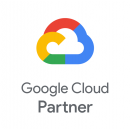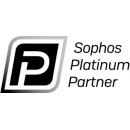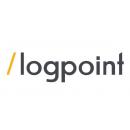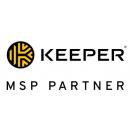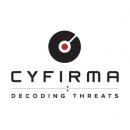ADVANCED VISION IT Security as a Service (SECAAS)
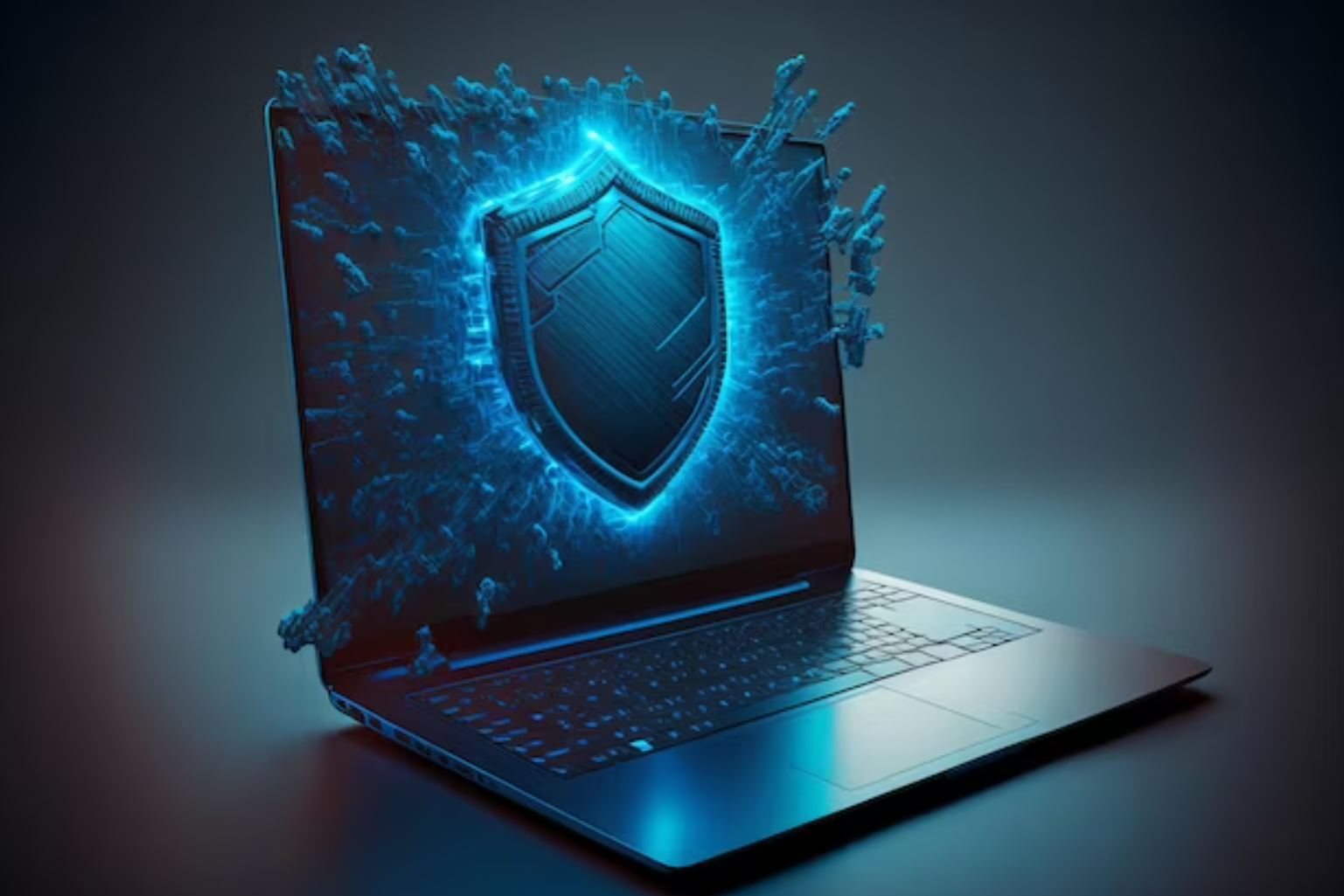
⇒ What is Security-as-a-Service (SECaaS)?
- Security-as-a-Service (SECaaS) is a cloud-based security model where security services are provided to organizations on a subscription basis. SECaaS providers offer a range of security services, such as anti-virus and malware protection, firewall protection, intrusion detection and prevention, vulnerability scanning, and data encryption, among others.
- SECaaS allows organizations to outsource their security needs to third-party service providers responsible for managing and maintaining security systems and infrastructure. This model can be more cost-effective for organizations than investing in their own security infrastructure and hiring a team of security professionals to manage it.
- SECaaS providers typically offer a range of service plans with different levels of security and functionality, allowing organizations to choose the level of protection that best meets their needs and budget. These services are typically delivered through the cloud, which allows for easy deployment and management and can scale quickly to meet the needs of growing organizations.
- Overall, SECaaS is an effective way for organizations to access the latest security technologies and services without investing in expensive hardware or hiring a large team of security professionals. It allows organizations to focus on their core business activities while leaving the security of their IT systems to experts in the field.

⇒ Categories of Security-as-a-Service
Security-as-a-Service (SECaaS) is a cloud-based security model where security services are delivered over the Internet. It offers a range of security services that are managed and maintained by third-party providers. Here are some of the categories of Security-as-a-Service:
- Identity and Access Management (IAM): IAM services provide secure access to applications, services, and data by managing user identities, authentication, and authorization.
- Network Security: Network security services focus on securing network infrastructure and data transmission by providing firefirewallstrusion detection/prevention, and virtual private network (VPN) services.
- Endpoint Security: Endpoint security services protect endpoints such as laptops, desktops, and mobile devices from cyber threats by providing antivirus, anti-malware, and anti-spyware services.
- Email Security: Email security services help protect against email-based threats such as phishing, spam, and malware by providing email filtering, encryption, and archiving services.
- Cloud Security: Cloud security services protect cloud-based data and applications by offering services such as data encryption, access control, and threat detection.
- Web Application Security: Web application security services protect against web-based attacks such as cross-site scripting (XSS), SQL injection, and DDoS attacks by providing web application firewalls, vulnerability scanning, and penetration testing.
- Security Information and Event Management (SIEM): SIEM services provide centralized log management, analysis, and reporting for security events across an organization's network and systems.

⇒ Benefits of Security-as-a-Service
Security-as-a-Service (SECaaS) is a cloud-based model that provides organizations with security services over the internet, rather than having to deploy and manage their own security infrastructure. Here are some benefits of using Security-as-a-Service:
- Cost savings: SECaaS can help organizations save costs on hardware, software, and staffing as they no longer need to invest in and maintain their own security infrastructure.
- Scalability: SECaaS can be easily scaled up or down based on the needs of the organization, allowing them to adapt to changing business requirements and security threats.
- Flexibility: SECaaS providers offer a range of security services that can be customized to the specific needs of the organization, allowing them to choose the services that are most relevant to their security needs.
- Expertise: SECaaS providers have specialized expertise in managing security infrastructure and keeping up with the latest security threats and best practices. This allows organizations to benefit from the knowledge and experience of these experts.
- Access from anywhere: SECaaS services can be accessed from anywhere with an internet connection, making it easy for remote employees to access the security services they need.
- Continuous monitoring and updates: SECaaS providers continuously monitor the security environment and provide regular updates to their services to address emerging threats.
- Compliance: Many SECaaS providers offer compliance reporting and auditing services to help organizations meet regulatory requirements.

⇒ Security-as-a-Service Challenges
Security-as-a-Service (SECaaS) has become increasingly popular as organizations seek to outsource some or all of their security functions to third-party providers. However, there are several challenges that organizations may face when implementing SECaaS solutions:
- Data Privacy and Security: One of the primary concerns when outsourcing security functions is ensuring that sensitive data remains secure and protected. Organizations must ensure that their SECaaS providers have the necessary security controls and processes in place to protect their data and comply with data privacy regulations.
- Integration with Existing Systems: SECaaS solutions need to be integrated with existing IT systems, such as firewalls, intrusion detection and prevention systems, and SIEM tools. This can be challenging and may require custom integration work to ensure that all systems work seamlessly together.
- Customization: Some SECaaS providers may offer a one-size-fits-all solution, which may not be sufficient for all organizations. Organizations may need to request customization of the SECaaS solution to meet their specific security requirements.
- Lack of Visibility and Control: Outsourcing security functions to a third-party provider can result in a loss of visibility and control over the security of an organization's IT environment. Organizations must ensure that they have access to the necessary reporting and monitoring tools to maintain visibility and control over their security posture.
- Dependence on Third-Party Providers: Relying on a third-party provider for security functions can create a sense of dependence that may be difficult to break. Organizations must ensure that they have the necessary expertise and skills in-house to manage their security posture if they choose to bring security functions back in-house.

⇒ Examples of Security-as-a-Service
Security-as-a-Service (SECaaS) is a cloud-based security service that provides a range of security solutions to customers over the Internet. Some examples of Security-as-a-Service include:
- Cloud Access Security Broker (CASB): A security solution that provides visibility and control over cloud applications and services used by an organization. CASB solutions monitor cloud traffic for security threats and enforce security policies to protect sensitive data.
- Email Security: Cloud-based email security solutions protect against email-borne threats such as phishing, malware, and spam. These solutions scan inbound and outbound email traffic to detect and block threats in real-time
- Identity and Access Management (IAM): Cloud-based IAM solutions provide centralized authentication and authorization services for users and applications. IAM solutions can help organizations manage user access to resources and enforce security policies to prevent unauthorized access.
- Network Security: Cloud-based network security solutions protect against network-based threats such as DDoS attacks, malware, and intrusion attempts. These solutions can be used to monitor and control network traffic, detect and block malicious activity, and provide threat intelligence to help organizations respond to security incidents.
- Vulnerability Management: Cloud-based vulnerability management solutions provide organizations with the ability to identify and prioritize vulnerabilities in their systems and applications. These solutions can help organizations proactively manage security risks by scanning for vulnerabilities and providing actionable insights for remediation.
- Web Application Firewall (WAF): A WAF is a cloud-based security solution that protects web applications from attacks such as cross-site scripting (XSS), SQL injection, and other web-based attacks. WAFs monitor inbound and outbound traffic to web applications and use a set of rules to block malicious activity in real time.
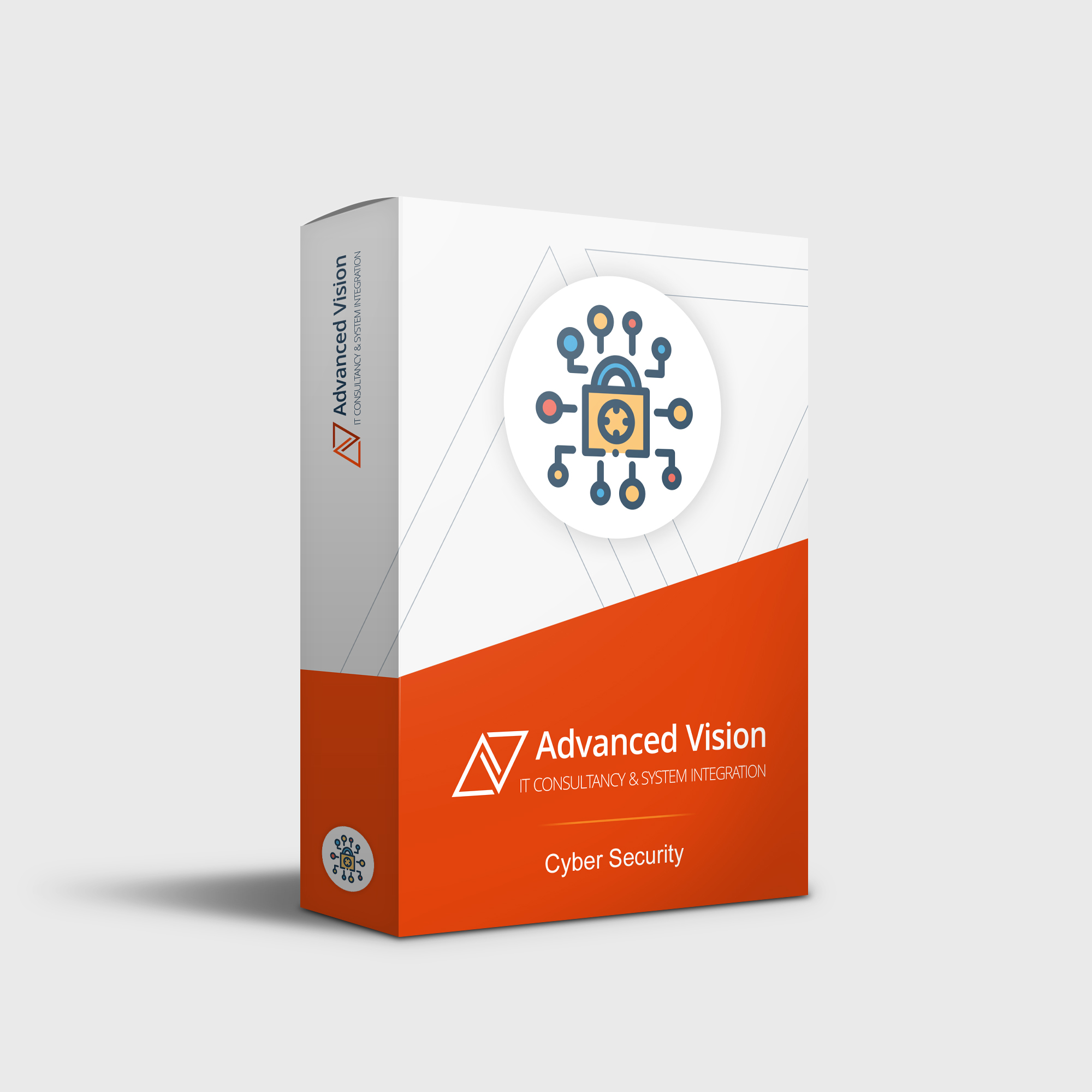
⇒ Advanced Vision IT Ltd Cybersecurity Products & Software
To build good cybersecurity protection, you need physical products and software that will help strengthen your network against attacks. If you want to view some of the ADVANCED VISION IT's cyber protection solutions, click on the links below.
- Endpoint security and antivirus software - offer a centralized management system from which security administrators can monitor, protect, and investigate vulnerabilities across all endpoints, including computers, mobile devices, servers, and connected devices. Antivirus software helps keep a computer system healthy and free of viruses and other types of malware.
- Employee Monitoring Solution - Employee monitoring solutions are software tools that enable employers to monitor the activities of their employees while they are at work. These solutions can be used to track employees' computer usage, including their internet browsing history, email communication, keystrokes, and application usage.
- Cybersecurity Backup - A backup is a copy of the system or network's data for file restoration or archival purposes. Backups are an essential part of a continuity of operations plan as they allow for data protection and recovery.
- Еmail Protection - refers to technology designed to prevent, detect and respond to cyber-attacks delivered through email. The term covers everything from gateways email systems to user behavior to related support services and security tools.
- Password Vault Manager - A password vault, password manager, or password locker is a program that stores usernames and passwords for multiple applications securely and in an encrypted format. Users can access the vault via a single “master” password.
- Vulnerability Assessment & Patch Management - The main difference between patch management and vulnerability management is that patch management is the operational process of applying remediations (patches) to vulnerable systems. Vulnerability management is the process of identifying, scanning, and prioritizing vulnerabilities for remediation.
- Data loss prevention (DLP) - makes sure that users do not send sensitive or critical information outside the corporate network.
- Cloud Security - Cloud security is a collection of security measures designed to protect cloud-based infrastructure, applications, and data. These measures ensure user and device authentication, data and resource access control, and data privacy protection.
- Next-Generation Firewall - protects your network by filtering traffic and acting as a guard between your internal network and the rest of the world. Without a Firewall, your business systems could be left wide open and vulnerable to attack. It also serves as another protective layer to block malicious software.
- Active Directory Security and Recovery are critical components of any organization's cybersecurity strategy. Here are some key steps that can be taken to secure and recover Active Directory.
- SIEM & SOAR - SIEM (Security Information and Event Management) and SOAR (Security Orchestration, Automation, and Response) are both tools used in cybersecurity to monitor and respond to security threats.
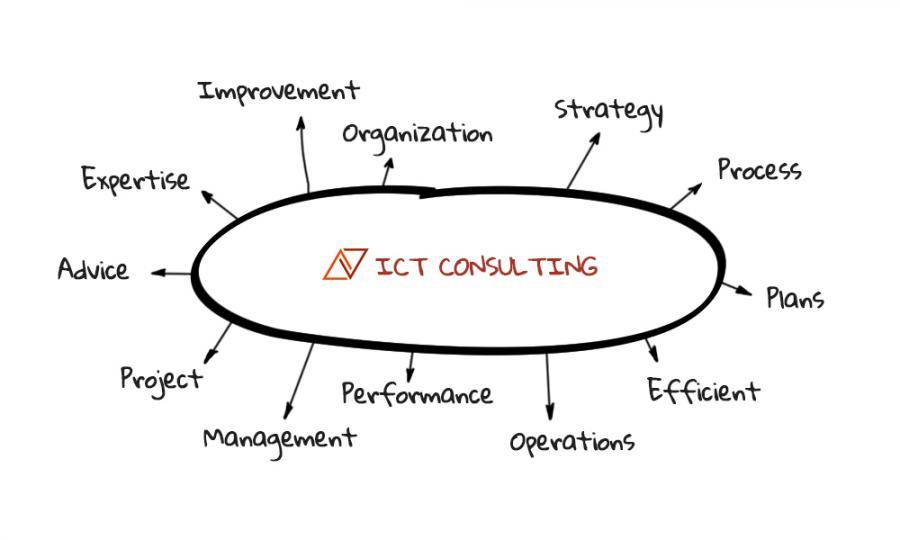
⇒ BOUTIQUE MANAGED SERVICES
- Network domain
- Linux domain
- Microsoft domain
- Virtualization domain
- Database domain
- Storage and Archive domain
- DevOps-as-a-Service
CONTACT OUR TEAM OF PROFESSIONALS FOR A COMPLETELY FREE CONSULTATION
CLAIM YOUR FREE IT AUDIT & CONSULTATION SCHEDULE A CALL WITH OUR TEAM





